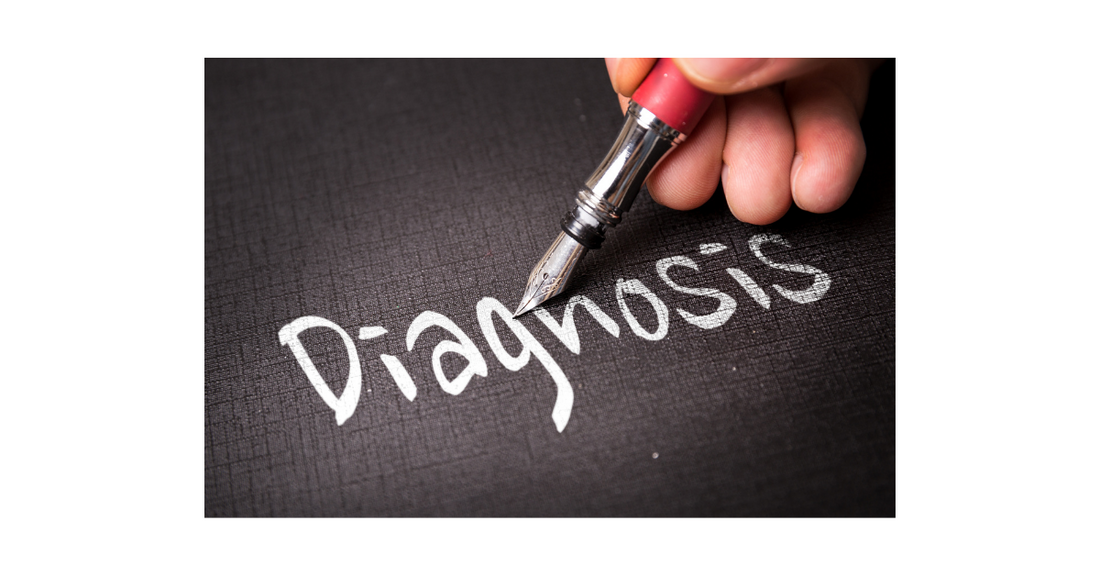
Dupuytren's Contracture: Symptoms, Diagnosis and Treatment
Do your fingers curl inward? If so, do you struggle or feel pain when you try to straighten them? Do you feel a knot in your palm that is sensitive when touched? These are some symptoms of a condition called Dupuytren's Contracture. While it is not life-threatening, it can limit your ability to use your hands. In this article, we’ll help you understand the disease, early symptoms, progression, and the treatment you can get.
What is Dupuytren's Contracture?
Dupuytren's disease affects the connective tissue under the palm, called fascia. Fascia has strands or fibers that look like loose cords running from the palm down to the fingers.
Dupuytren's causes these fibers to thicken and contract. As this progresses, the fibers become knotted and create a thick cord that pulls the fingers inward. Here are the stages and the symptoms that usually come along with each:
Stage 1: Nodules
You may notice a small and painless lump (called a nodule) near the ring finger and small finger. Many people mistake this for a callus or a patch of rough skin. Sometimes it can feel sensitive, itchy, and may even cause a mild burning sensation. This is usually described as tender like a bruise or cut that is almost fully healed.
Stage 2: Cords
During this time, the nodules become thicker and the skin around them begins to shrink. You may notice that your palm looks dimpled or puckered. This area may feel more sensitive when you push it, but it’s very rare to feel pain.
Stage 3: Contraction
Most people notice the disease when the fascia shrinks to the point that it contracts the fingers. Your finger may feel stiff when flexing (or bending) it. In its later stages, it will be impossible to completely straighten the affected fingers.
Will Dupuytren’s Contracture Affect My Whole Hand?
The disease usually affects the pinky and ring finger. However, you will likely still be able to use your pointer finger and thumb, so the chances are good that you will retain some use of your hand. Dupuytren’s Contracture initially develops in just one hand, but about 80% of people eventually develop it in both hands. Usually, the condition is more severe in one of the hands. The disease usually develops over several years. For this reason, it’s important to seek treatment early to relieve discomfort and slow the progression.
Dupuytren’s Contracture does not spread to the rest of the body. However, people with the disease have a higher risk of developing other connective tissue abnormalities, such as Garrod Pads (nodules on the knuckles) or Ledderhose Disease (a similar condition that affects the feet).
How is Dupuytren’s Contracture diagnosed?
If you see any signs of this condition, go to a doctor. He will examine your hands, wrists, and fingers for signs of tenderness, dimpling, and skin pitting. He may ask you to perform simple tasks to check your hand’s flexibility and range of motion. This can include:
- Placing your hands flat on a table
- Holding objects
- Stretching your fingers as far as they can go
- Feeling objects with your thumbs and fingers
During the physical examination, your doctor will be able to find the site of the nodule and determine if there are contractures (and their severity, if they are there). He may take pictures of your hands for documentation. You will need to return regularly to monitor the disease and determine if your condition is worsening.
What treatments are available?
In the early stages, your doctor will manage your condition by observing symptoms and recommending non-surgical therapies. He may prescribe creams or other medications to provide relief. To prevent surgery, your doctor may use steroid injections to slow down the disease’s progression.
There is no cure for the disease. But, when it reaches the severe stages, your doctor may recommend surgery to help you regain some use of your fingers. The surgery involves dividing or removing the thickened bands. Recovery time is about two to three months, and possible complications include nerve injury and permanent stiffness. Bear in mind that the disease can recur even after surgery, so this is not a cure but it can buy you some time.
Learn More